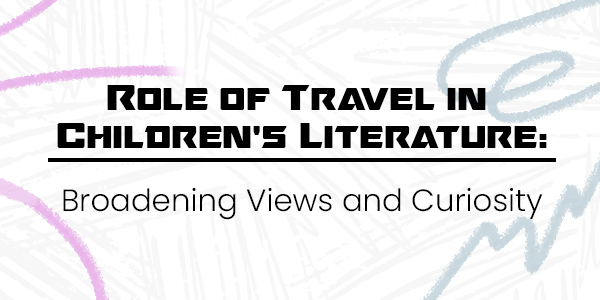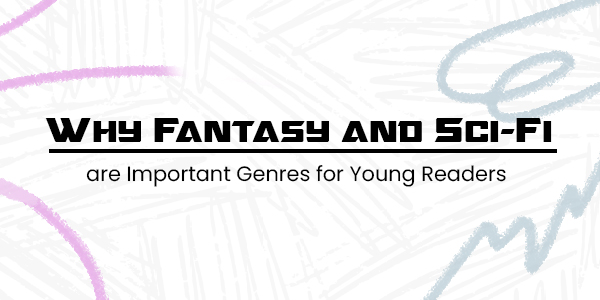Role of Travel in Children’s Literature: Broadening Views and Curiosity
Travel is a common theme in children’s books, from fantastical worlds to far-off places. It is a potent storytelling tool that draws in young readers and stimulates their imaginations. Travel is a great way to introduce children to different cultures, extend their perspective on the world, and ignite a lifetime interest for learning, whether the characters are exploring imaginary or real-world locations. Beyond simple mobility, travel represents progress on a personal level as well as curiosity and the pursuit of knowledge. Books such as The Alkanets, in which an apparently routine trip to Kazakhstan becomes a gateway to remarkable occurrences, serve as excellent examples of how travel can transport readers not only over great distances but also into other mental realms. Using Travel to Open Up New Experiences Travel-themed children’s books give young readers a glimpse into the world beyond their local surroundings. Many children’s first exposure to different cultures, locations, and lifestyles comes from the pages of a book. These stories introduce kids to strange environments that pique their curiosity and deepen their awareness of diversity, whether they involve time travel, space travel, or just a simple trip to a new region of the world. Consider The Alkanets, where Bobby Smith’s trip to Kazakhstan serves as the catalyst for an imaginative journey that causes difficulty differentiating between fact and fiction. The wide, foreign steppes of Kazakhstan not only provide a setting for Bobby’s adventure, but they also spark the reader’s interest in a location that may be very different from their own experiences. Young readers are encouraged to embark on a far more profound journey of self-discovery as well as learn about the distinctive geography and history of Kazakhstan from Bobby’s perspective. Promoting Cultural Awareness and Empathy The development of empathy and cultural understanding is one of the main advantages of travel in children’s literature. Young readers get the opportunity to learn about the globe in a way that feels interesting and intimate when characters go to new places and experience new cultures, customs, or languages. Through the eyes of fictional characters, children can gain a deeper understanding of diversity and learn to accept and value those who may differ from them in terms of appearance, language, or behavior. Travel is a Personal Development Metaphor In numerous children’s books, travel is frequently used as a metaphor for human development rather than just as a means of getting from one place to another. Characters are compelled to leave their comfort zones, face difficulties, and eventually return home with a deeper understanding of themselves as they travel into uncharted territory. This metaphorical voyage represents how children grow up, constantly learning new things and figuring out how to navigate the complex environment around them. This concept is well highlighted in books like The Alkanets. Bobby gets on an experience that eventually changes him as he travels to Kazakhstan. It is about Bobby and his companion’s inner journey as they deal with more difficult situations—it’s not only about finding an old item or meeting alien entities. The boys’ journey in The Alkanets represents their metamorphosis from helpless little kids into fearless young explorers who have to work their way through a cosmically significant secret struggle. They gain resilience, bravery, and an appreciation for friendship via travel—lessons that will strike a chord with young readers going through their own rites of passage. Creating a Passion for Exploration and Adventure Children’s travel-themed novels have the amazing power to ignite a passion for exploration and adventure that lasts a lifetime. Through transporting readers to far-off places, both real and imagined, these tales pique readers’ interest and encourage them to seek out their own adventures. The drive to expand one’s knowledge of the world is strong, whether it is through intellectual or physical travel. For a lot of kids, reading travel-themed novels is the first step toward becoming independent explorers. It inspires them to learn new things, ask questions, and be receptive to new experiences. Bobby’s unintentional discovery of a mystery stone in Kazakhstan in The Alkanets sets off an incredible journey that broadens his perspective on the planet and beyond. This type of story tells young readers that there are many mysteries in the world just waiting to be solved and that they are capable of setting out on their own explorations. Travel and the Ability to Imagine Lastly, children’s novels about travel let their imaginations go wild. Traveling in literature brings up a world of possibilities, whether characters are visiting far-off planets, mystical kingdoms, or unexplored territories. This is especially true for fantasy and science fiction genres, because there are no real-world restrictions on travel. Novels such as The Alkanets depict travel as a portal to remarkable experiences and inventive prospects. Bobby’s journey to Kazakhstan leads to a number of extraordinary and strange encounters that test the bounds of reality and inspire readers to dream. Young readers need to learn from this imaginative expansion that the world is lot more mysterious than they may have previously thought. In summary Children’s books use travel for purposes other than merely moving their characters from one location to another. It broadens the perspectives of young readers, introduces them to many cultures, cultivates empathy, and ignites a passion for discovery and adventure. Travel is essential for igniting a child’s interest and expanding their worldview, whether it is via the magic of fantasy, the futuristic wonders of science fiction, or the straightforward pleasures of discovering a new location. Books such as The Alkanets serve as a reminder that travel, actual or imagined, is the route to a lifetime of learning, exploration, and self-improvement.



